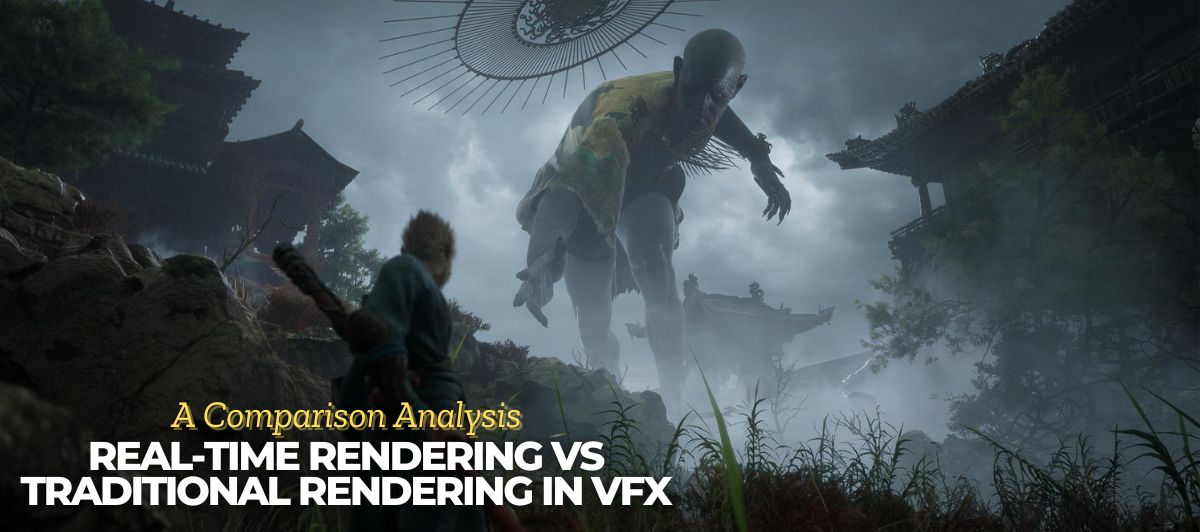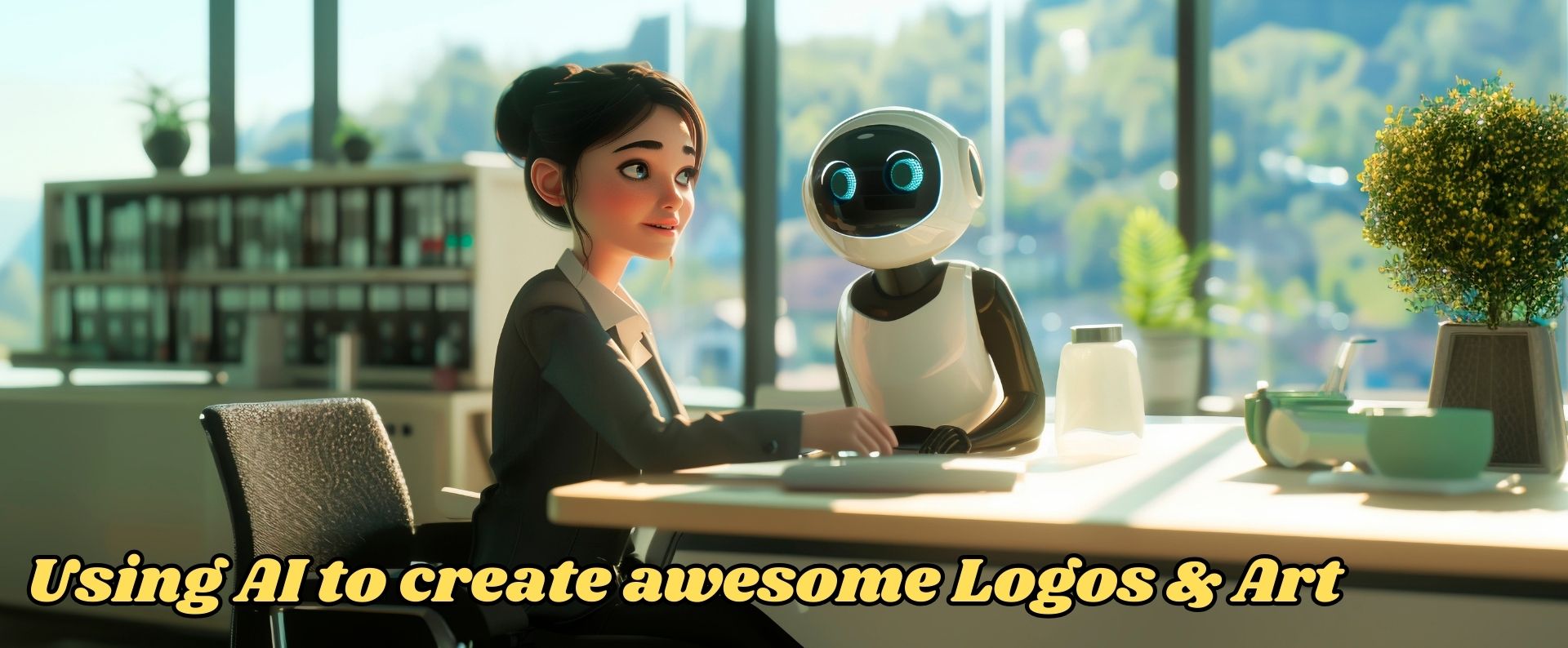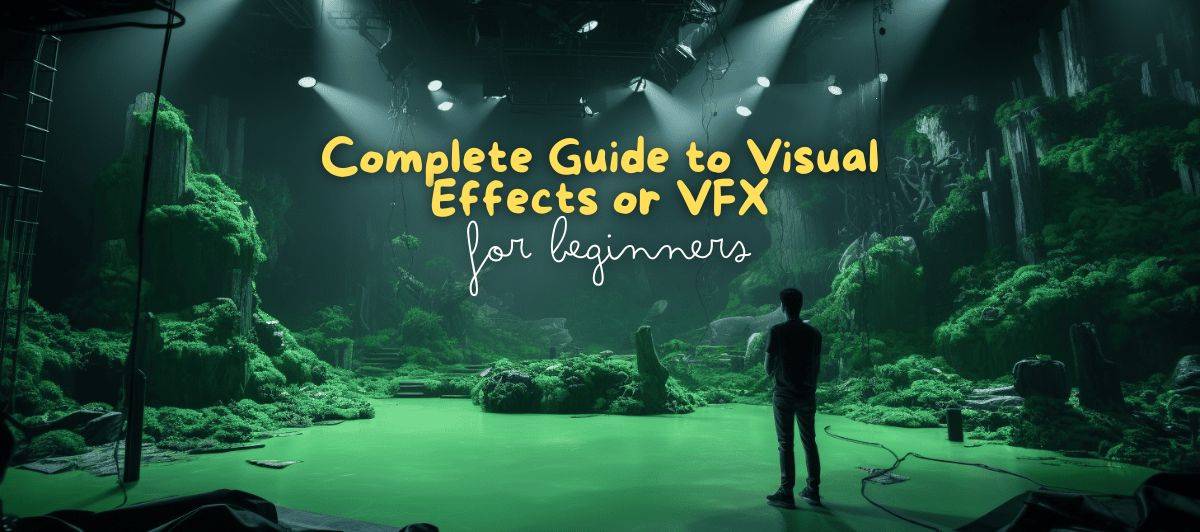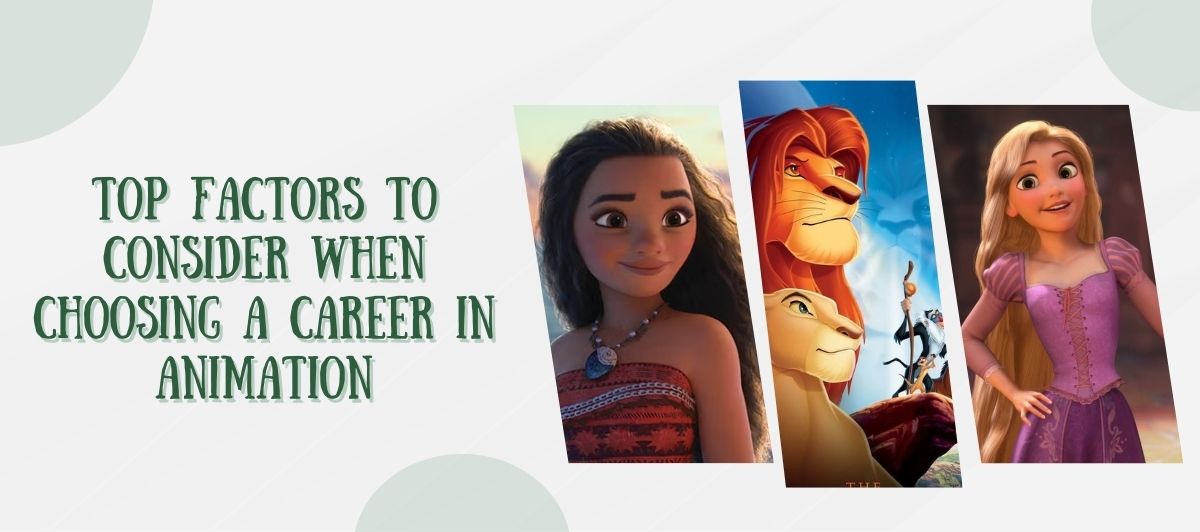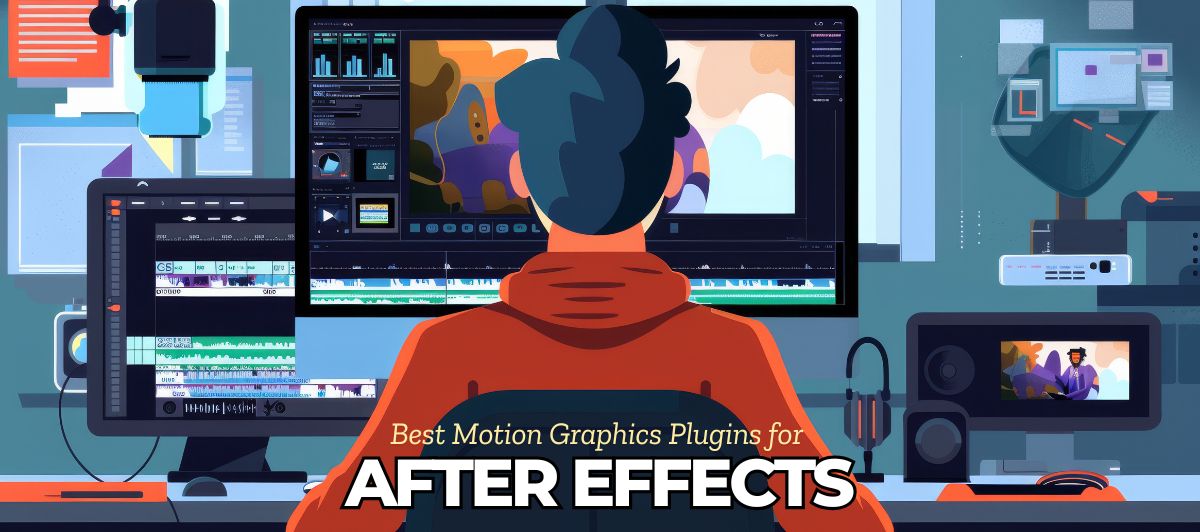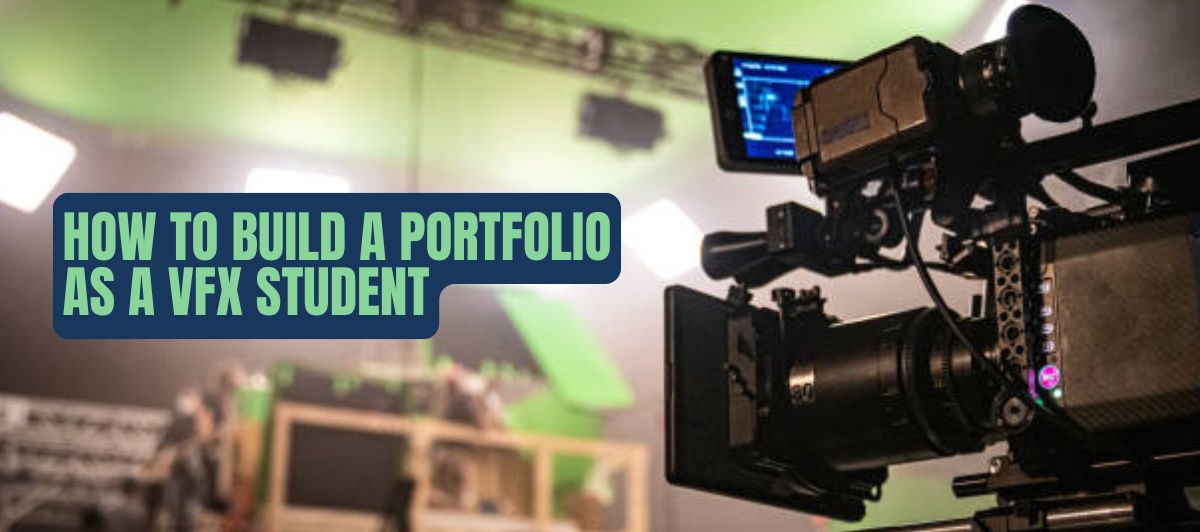Real-time Rendering vs Traditional Rendering in VFX: A Comparison Analysis
Visual effects (VFX) has witnessed rapid growth in which real-time rendering has surfaced as a game-changer. Earlier traditional rendering held its value for a long time with its high-quality effects in cinema; real-time rendering has innovated the process, making VFX highly compatible and interactive. Enroll in a VFX course from a prestigious institute in your city can equip you with the required skills to land a successful career in VFX.
In this blog, we aim to compare the real-time rendering and traditional rendering and understand the actual difference and some of the other factors. But first…
What Is Traditional Rendering?
Traditional rendering, also known as offline rendering, is a meticulous task of processing complex scenes frame by frame, which usually occupies several days for task completion. The method is typically used in top movie productions such as animated and hollywood films where quality of the movie is the top priority.
A VFX course syllabus will help you understand traditional rendering in detail which will make it easier for you to differentiate between traditional rendering and the modern real-time rendering.
Advantages of Traditional Rendering
Traditional Rendering may not be widely used in the present times but it does carry a few advantages. Enrolling in a course from an esteemed VFX institute in Kolkata equips you with the right skillset and knowledge in this field.
- Great Visual Quality – Traditional rendering is capable of delivering photorealistic visuals, realistic lightings, complex structure, and more.
- Creative Post Processing – usually rendering is conducted offline, Vand FX professionals can imply comprehensive effects such as ray tracing, physics simulations, global illumination without the external real time constraints.
- Applied for High-End Film Productions – the traditional rendering is implemented to curate high end films with stunning visuals. Some of the examples are Lion King, Avatar, and more.
Limitations of Traditional Rendering
- A single frame of traditional rendering inflicts heavy time consumption which slows down the process and incur expenses.
- VFX artists must be patient for the rendering completion before modulating any changes which overall hampers the productivity speed.
- The studios do require advanced hardware and larger render farms for the execution of the rendering tasks.
What Is Real-Time Rendering?
Real time rendering as the name indicates, generates frames on immediate basis leaving the VFX artists to witness the output faster. The creative technology is used in the creation of video games, virtual productions and other live VFX applications. Industry leaders like Unreal Engine, Unity have been instrumental in advancing the growth potential of real time rendering.
VFX courses in Kolkata in Arena Animation have an expansive syllabus that not only educates you theoretically but also offers hands-on experience.
Advantages of Real Time Rendering
- Quicker Feedback – VFX artists with quicker view access can make real time adjustments and advance the creative process.
- Boost Business Productivity – In comparison to traditional rendering, real time rendering has predominantly lowered wastage of time leading to faster iterations.
- Cost Effective Solution – It lowers the dependency of extended render farms, which overall streamlines the product costs.
Limitations of Real Time Rendering
- The visual quality of real time rendering is slightly compromised. As it struggles to keep up to the level of realism and intricate details which traditional rendering does it easily.
- Due to its post processing capabilities, real time abilities still require offline rendering for including some touch ups.
- Real time rendering demands high end GPUs and advanced software to deliver high-quality results.
How to Select the Best One From the Both?
With plenty to offer, the choice you can make between real time and traditional rendering solely depends on your project requirements:
- Specifically for cinematic quality VFX, and realism, traditional rendering is the best choice.
- Ideally if interactive media, faster business productivity, and virtual productions is what you desire then real time rendering is the top selection.
But the best alternative is to proceed with the hybrid approach of using both the methods to develop your projects at a faster speed. The advancement of AI infused rendering is turning out to be a game changer to bridge the gap between traditional and real time rendering to forge a crackling VFX future.
In Summary
The evolution of VFX rendering represents a pivotal moment in visual technology, with real-time and traditional rendering each playing crucial roles. For aspiring professionals, enrolling in a VFX course in Kolkata can provide the essential skills to navigate this dynamic landscape. Whether you are considering a VFX course at a leading institute such as Arena Animation or exploring VFX course fee, understanding the nuances of rendering techniques is key to success. The future of VFX lies in a hybrid approach, leveraging the strengths of both rendering methods and embracing emerging AI-driven technologies that promise to revolutionise visual storytelling.
![]() March 27, 2025
March 27, 2025
![]() By Admin
By Admin
![]() VFX course,VFX course fee,vfx course fees in kolkata,VFX course in Kolkata,VFX Institute in kolkata,VFX training in Kolkata,
VFX course,VFX course fee,vfx course fees in kolkata,VFX course in Kolkata,VFX Institute in kolkata,VFX training in Kolkata,
